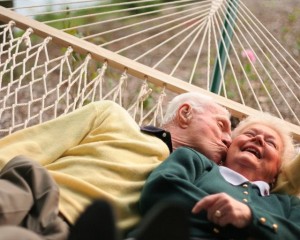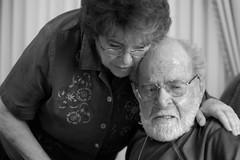Living in an aged care residence at this time of year brings home the realities of life. Too many of our residents do not have any visitors and the aloneness they feel can be crushing. Many feel abandoned by their families. Many have unhappy visits from family members that they find difficult to transact pleasantly despite their hopes for a “happy family” experience. And it should be said, some of our residents do indeed have pleasant and fulfilling experiences of being with family who come and take them home for a day or two to share in their lives and celebrations.
This time of year brings home the stark reality of the lack of satisfying and nourishing attachments for many of our elders who have been dislocated and isolated from their families, some for years. This creates a deadening effect for some as they defend against the pain of not being loved in their old age. For others they rail against it and become angry and upset with those nearest to them – the care staff and fellow residents, pushing away the very people who are there to care for them.
We need infinite patience and a caring mind to see the opportunity in this period of the year. This is an opportunity to see the aloneness and isolation and break it down with a quiet (perhaps brief but regular) warm visit and friendly conversation that establishes or sustains the rapport you have with the elder.
If the person has cognitive impairment they will likely be living with a constant threat of isolation and aloneness and a sense of struggling to make good sense of what is happening and feel competent to handle it. We can step in and provide a support to their desire for competence by helping them finish the sentence, patiently listening, or even just sitting quietly for a few moments and smiling and not blaming them for their angry outburst but trying to find an explanation. Its not complex but it seems to be difficult to do these simple things consistently.
So there it is. My wish for 2012 is that you find at least one moment this year to give another person comfort in their isolation and aloneness and support in their desire to feel competent once again.
best wishes
Bernie


